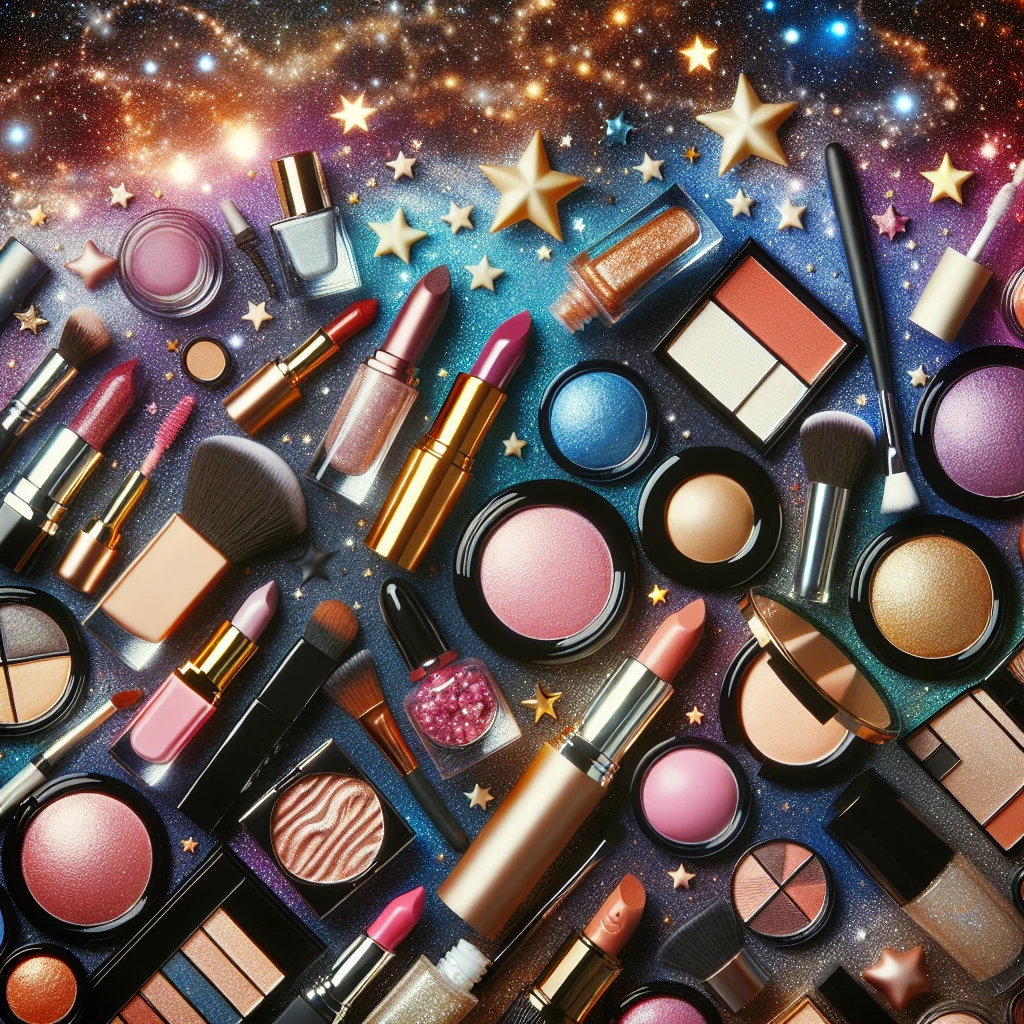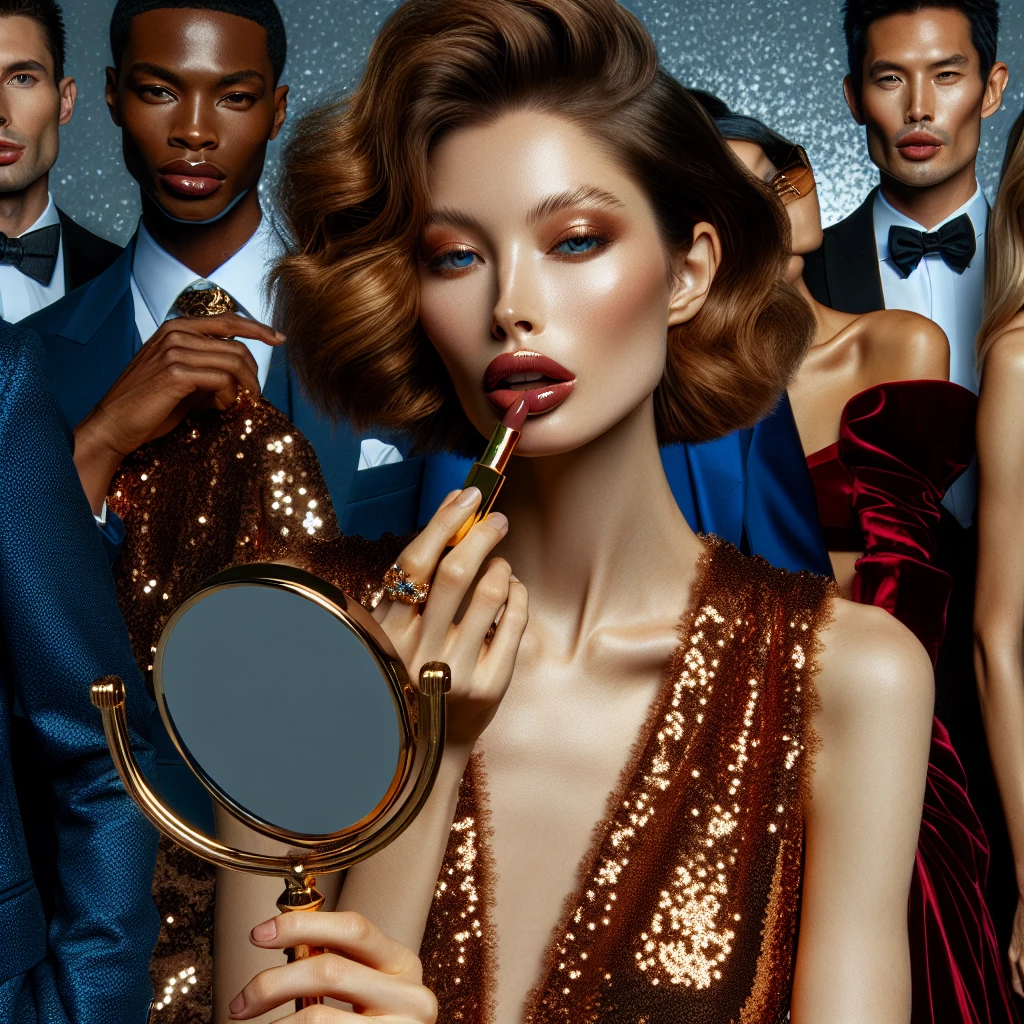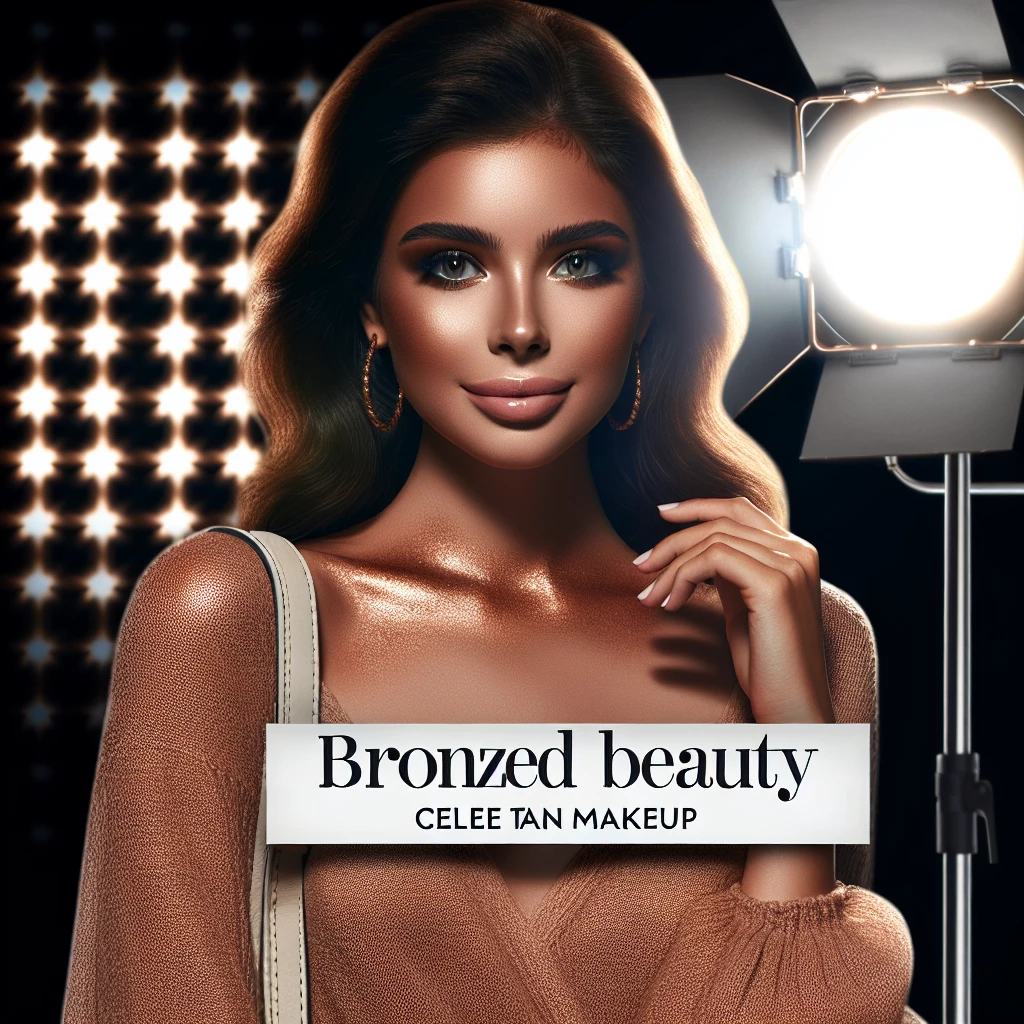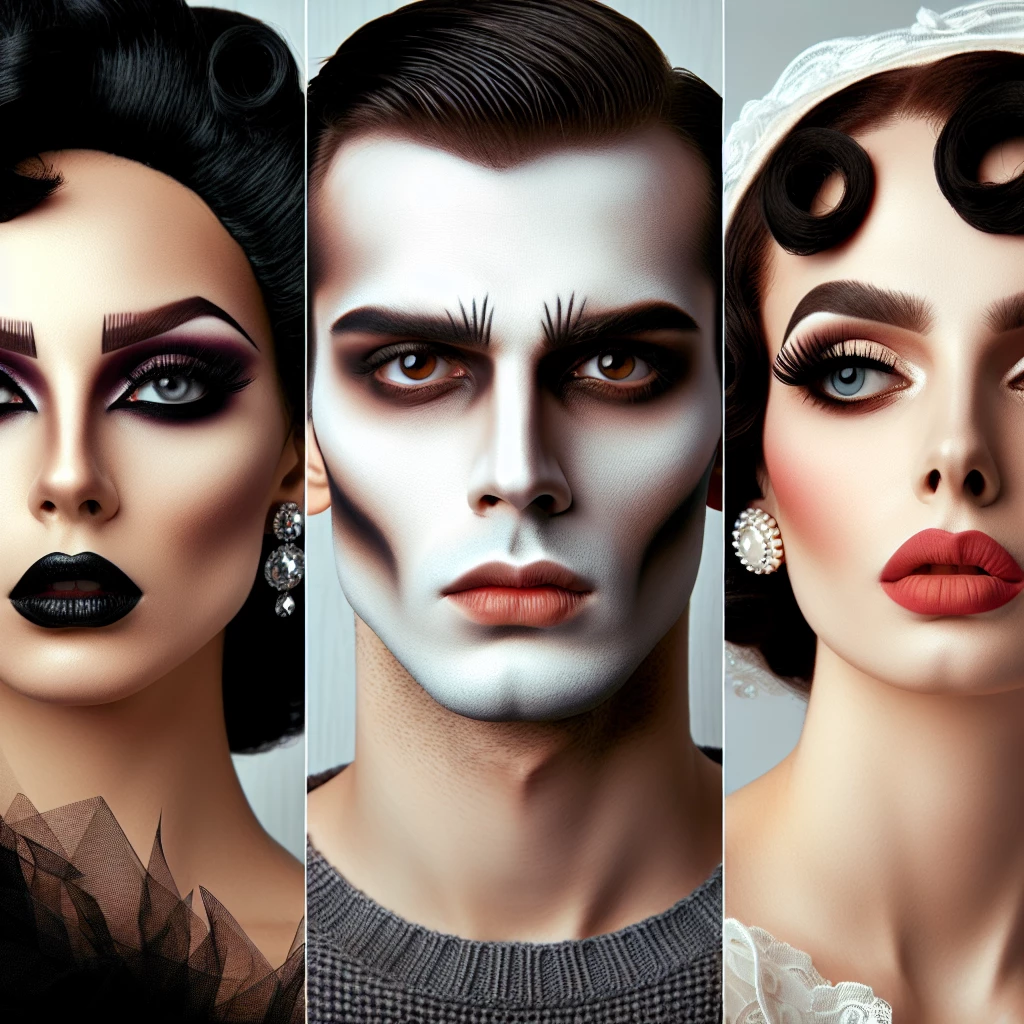Perhaps no art form captures the essence of makeup better than film. The best makeup moments in movies mirror the latest trends, reinforce cultural norms or shatter them entirely. It's more than just the application of cosmetics, it's about creating characters and defining moments. Be it the theatricality of The Black Swan or the subtlety of Breakfast at Tiffany's, makeup in movies always has a story to tell. Here are some of the most iconic makeup moments in film history.
Breakfast at Tiffany’s (1961)
The look of Audrey Hepburn as Holly Golightly is undoubtedly one of the most iconic in film history. Her bold brows, lush lashes and striking black eyeliner became a defining trend of the '60s, and it is still imitated today.
Beauty trends may come and go, but Hepburn's look in Breakfast at Tiffany's remains a timeless reference point for all beauty enthusiasts. The cat-eye look Hepburn wore in the film is the epitome of classic, effortless beauty.
Moreover, Holly Golightly’s satin gloves, oversized cigarette holder, and elegant up-do inspired a generation of women to embrace a more sophisticated and glamorous style.
The Black Swan (2010)
One cannot deny the significance of the theatrical makeup in The Black Swan. The stark contrast between the white swan and the black swan was intensely depicted through their makeup.
Natalie Portman’s feathered black eyes symbolized the transformation of her character from a delicate, frail girl into a fierce and fiery ballerina - an iconic dramatic makeup look that shook up makeup trends and inspired Halloween costumers worldwide.
The grotesque beauty of the black swan, the attention to detail, and the incorporation of feathers as part of the makeup is truly an unparalleled masterpiece.
The Great Gatsby (2013)
Baz Luhrmann’s adaptation of F. Scott Fitzgerald’s classic novel brought the Roaring '20s back to life, and the makeup played a crucial role in it. The signature look was characterized by smoky eyes, red lips, and the iconic finger wave hairstyle.
Carrying the vibrancy of the '20s, this look incorporated dark eye shadows, heavy rouge, and lipstick in colors varying from dark red to raspberry. Daisy Buchanan, portrayed by Carey Mulligan, portrayed this look flawlessly.
With carefully drawn lips, darkened eyes and sharply pencilled brows, this era of bold aestheticism and feminine assertion was brought to life.
Mad Max: Fury Road (2015)
In the apocalyptic world of Mad Max: Fury Road, the use of makeup as a sign of prowess and power was key. Charlize Theron’s character, Imperator Furiosa, donned a look that has since become one of the most iconic depictions of a dystopian heroine.
With black engine grease smeared on her forehead and an ultra-bare face, Furiosa represents a raw and charismatic resistance. This iconic look became a symbol for power, resilience, and rebellion.
Her striking statement contrasted greatly with the breeders and their flawless porcelain skin, using makeup to signify their status as objects.
Pulp Fiction (1994)
In Quentin Tarantino’s cult classic, Pulp Fiction, Uma Thurman’s character Mia Wallace, introduced an iconic makeup look that defines the '90s. Her look consisted of a jet-black bob, bold red lips, and thin brows.
Mia Wallace's stark pallor, contrasted with her bright red lips and dark hair, created a memorable film style inspiring women all over the globe. Her look became an example of how to wear makeup in a minimal yet striking way.
Her makeup was as unforgettable as her dancing scene, running in the blood of Tarantino fans and beauty addicts alike, securing its place in pop culture.
Movies provide a visual feast for the senses and the use of makeup takes it to the next level. Iconic makeup moments not only enhance the character and vision of the film but also influence beauty trends, inspire makeup artists and captivate audiences across the globe. These emblematic moments are immortalized in film history, reflecting the transformative power of makeup. Remember, it's not just about beauty, it's about storytelling. And when it comes to the movies, it's the power of transformation that makes the story memorable.

Star-Studded Cosmetic Brands
Exploring the world of cosmetic brands owned by famous celebrities and understanding what makes them unique.
Brow Guru: Celebs Brow Styles
Take a deep dive into the world of celebrity eyebrows and the techniques they use for perfect brows.

Glam in a Flash: Quick Celeb Looks
Learn about fast and easy makeup techniques celebrities use when they're on the go.

Bronzed Beauty: Celeb Tan Makeup
Explore the world of bronzer and how celebs achieve a perfect sun-kissed glow.
